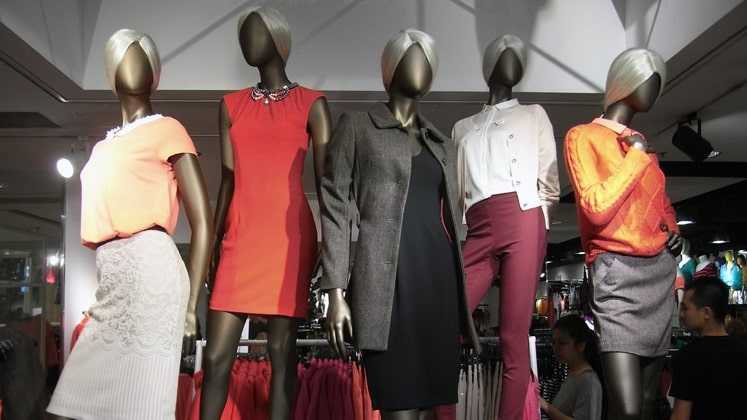
A decade ago the allure of department stores was their atmosphere and decor, which made the shopping experience a form of entertainment. At that time these stores were the fashion monitors that led the way with new trends in retailing. First to provide consumer credit, create mass-produced clothing and home products for national fashion designers, however, with time the department stores lost their charm to specialty stores that offered more fashion forward clothing sold in innovative environment, but with the economy hitting a low and unemployment on the rise the department stores have managed to grab back a significant portion of the market again.
In the US, the winners came out to be Walmart with 13.5%, Kohl’s with a 9.1%, Target and Macy’s with an increase of 4.3% each in their total sales of the third quarter. These retail winners are defined by their virtue of having well defined strategies, which successfully addressed their customer segment and reflected orderly and intelligent planning and effective execution. While Target expanded on its commitment to offer signature, exclusive and trendy collections year round at cheap prices it is known for, Macy’s and Sears continued to rely on its celebrity lines.
In Europe, J Sainsbury, UK’s third-largest supermarket group, outperformed the wider sector and increased its market share to 16.7% – the highest in almost 10 years. Same-store sales also raised 1.7%, the 31st consecutive quarter of like-for-like growth. Supermarket Waitrose saw growth in sales of nearly 7%, while Britain’s second-biggest supermarket chain Asda saw a growth of 2.2%, when growth was driven by a focus on low prices and revamped lines.
Vital to the future of the mid-segment population, the department stores might see a further growth in coming times. Then again with the growing population of people who would rather have it ‘now’ than later, these cheap brick-n-mortars might turn out to be the easiest available option at hand. Another advantage these retail giants enjoyed this year was their ability to change and shift easily as per the requirements of the consumers. With specialty stores’ inability to shift their image, department stores provided the consumers with improved goods at affordable prices, acting as their biggest strength.
Realizing that being too specialized is a disadvantage in the changed economic scenario, many high-end brands moved beyond clothes, handbags, jewellery and shoes to offer homeware solutions to consumers demanding the same quality and attention to detail for their homes. Brands like Zara, Anthropologie and FCUK, started with their homeliness including products ranging from crockery to driftwood tables, ceramics, vases, glassware, soft furnishings and a safari chair. While high-end brands managed to get their desired crowd through these collections, low-end retailers like Asda also moved into the premium homeware market with the launch of new premium brand Elegant Living, backed by a 1.6% sales growth in the home segment.
With brands trying to give consumers more reasons to visit the stores, they expect that higher footfall will turn into a better sales figure, filling in the gaps between activities focusing on the longer-term engagement strategies. These experiential marketing trends are also helping big brands to give better results till the economy stabilizes. The name of the game today is to come up with ideas that will keep their boat sailing till then.
Even as heavy discounting and promotions at department stores helped pull in consumers throughout the year, the future for any retail format remains hard to be predicted.

Post a Comment